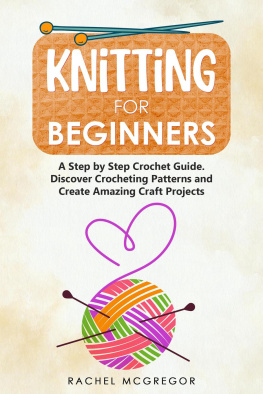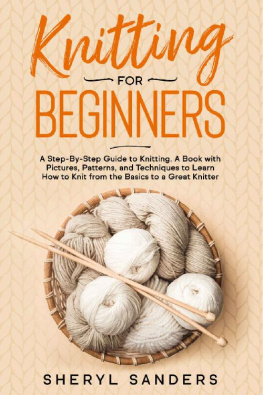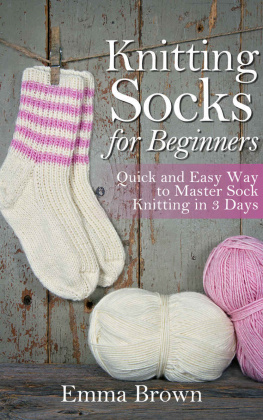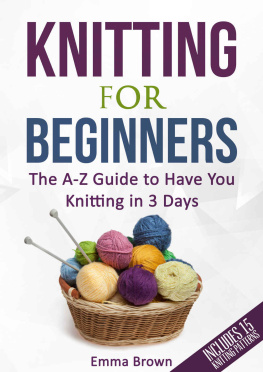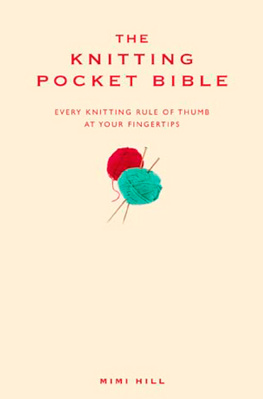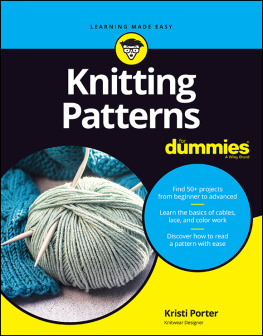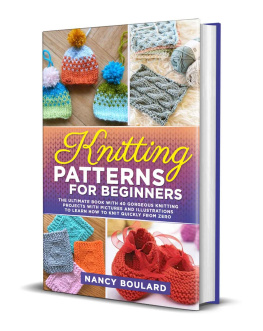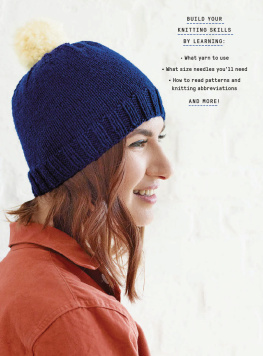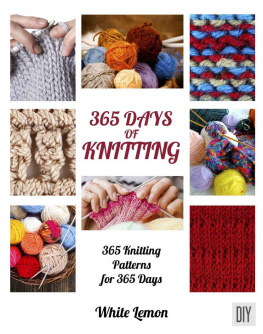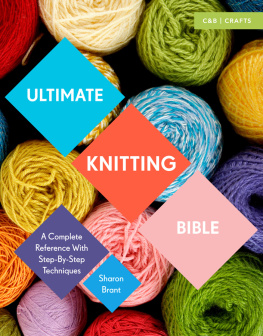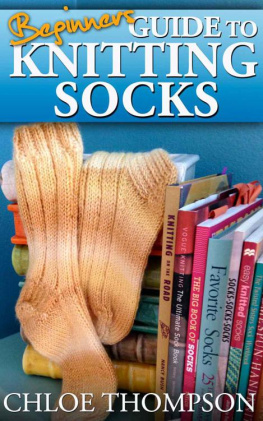Also by Rachel McGregor
Crochet for Beginners: A Step by Step Crochet Guide. Discover Crocheting Patterns and Create Amazing Craft Projects
Knitting for Beginners: The Ultimate Craft Guide. Learn How to Knit Following Illustrated Practical Examples and Create Amazing Projects
Cricut for Beginners: The Ultimate Step by Step Cricut Guide. Discover Amazing DIY Crafts and Create Profitable Projects
Cricut Design Space: A Step by Step Illustrated Guide. Discover Profitable Techniques to Create Amazing Cricut Projects
Cricut Project Ideas: The Ultimate Craft Ideas. Follow Illustrated Practical Instructions and Create Unique Cricut Projects.
Knitting for Beginners
The Ultimate Craft Guide. Learn How to Knit Following Illustrated Practical Examples and Create Amazing Projects
Rachel McGregor
Copyright 2021 by Rachel McGregor - All rights reserved.
This document is geared towards providing exact and reliable information in regards to the topic and issue covered. The publication is sold with the idea that the publisher is not required to render accounting, officially permitted, or otherwise, qualified services. If advice is necessary, legal or professional, a practiced individual in the profession should be ordered.
- From a Declaration of Principles, which was accepted and approved equally by a Committee of the American Bar Association and a Committee of Publishers and Associations.
In no way is it legal to reproduce, duplicate, or transmit any part of this document in either electronic means or printed format. Recording of this publication is strictly prohibited, and any storage of this document is not allowed unless with written permission from the publisher. All rights reserved.
The information provided herein is stated to be truthful and consistent. In terms of inattention or otherwise, any liability, by any usage or abuse of any policies, processes, or directions contained within is the recipient reader's solitary and utter responsibility. Under no circumstances will any legal responsibility or blame be held against the publisher for reparation, damages, or monetary loss due to the information herein, either directly or indirectly.
Respective authors own all copyrights not held by the publisher.
The information herein is offered for informational purposes solely and is universal as such. The presentation of the information is without a contract or any guarantee assurance.
The trademarks used are without any consent, and the publication of the trademark is without permission or backing by the trademark owner. All trademarks and brands within this book are for clarifying purposes only and are owned by the owners themselves, not affiliated with this document.
Table of Contents
Introduction
T o create the fabric , the old loop is brought across the new loop. Knitting differs from weaving in that cloth may be made from a single strand of yarn. The fabric is made up of courses, which are horizontal rows, and wales, which are vertical columns of loops. Tights, mittens, undergarments, and other close-fitting clothing can all benefit from the characteristics of knitted fabric. Knitted fabric's loop structure stretches and moulds to match body contours. The loops trap air, keeping the user warm. Knitting expands or narrows the garment by increasing or decreasing the number of stitches in a row. Increasing the number of loops on a frame is accomplished by shifting the outer loops sideways and forming new loops. A fashioning mark is a tiny eyelet hole left in the cloth as a result of this operation. The procedure is reversed when the value is decreased, and the loops move inwards. The fashioning mark emerges this time, when two loops are compacted into a single new loop. Fully-fashioned garments are high-quality garments that have been formed in this way. Some companies occasionally employed fake fashioning markings to make clothing look properly fashioned. The loops unravel and a run or ladder emerges when yarn in a conventional knitted cloth breaks. Knitters tried to create new fabric structures that were less reliant on individual loops for strength and were less prone to run if a thread broke to solve the problem and sell more items. Consumers were introduced to hexagonal meshes, micro-mesh, non-run, run-proof, and similar fabrics, which were well received. Its possible that the first looping textiles were made in the Middle East. Socks found in Egyptian tombs from the fourth century were fashioned using a looping technique called as nalbinding. Nalbinding creates loops with a single sewing needle rather than two knitting needles.
More specimens from Egypt date from the seventh century and include loop patterns that imply they were knitted customarily using two needles. Knitted pillows have been discovered in graves going back to the thirteenth century in Spain. Purses for housing holy treasures, gloves worn during religious rites, and knitted girdles are all documented to have been made at this time. A similar piece of peasant knitting was discovered in a Polish graveyard. Four surviving paintings from the fourteenth century depict the Virgin Mary knitting, implying that it was a common female pastime. The English hand knitting business grew in response to a growing demand for knitted hats. The first mention of Coventry cappers is from 1424. Parliament established the Cappers' Act in 1488 to regulate cap prices and prohibit cappers from earning excessive profits. Caps had a thin brim and were flat by Tudor times.
Chapter 1 what is knitting? Tools for it?
K nitting is a fabric -making technique that uses a continuous thread or group of yarns to create a sequence of interlocking loops. Knitted textiles may be stretched to a higher extent than woven materials. Weft, or filling knits, such as plain, rib, purl, pattern, and double knits, and warp knits, such as tricot, raschel, and milanese, are the two fundamental forms of knits. A wale is a column of loops moving longitudinally in knitting corresponding to the warp of woven fabric, whereas a course is a transverse row of loops corresponding to the filling.
Although commercial textiles are usually machine-made, most filling knits may be created by hand or machine. The knit stitch, which is a loop passed through the front of the previous loop, and the purl stitch, which is drawn through the rear, are both basic stitches. Because each loop in a vertical row is dependent on the stitch next to it, some filler knits are unstable. When one loop breaks, it releases additional loops in the same row, resulting in a run. In the transverse direction, the most stretch is found in filling knits. Plain knits, also known as flat knits, feature a flat surface on the front with short, horizontal loops showing. This structure is known as stockinette when it is made by hand knitting. Velour and faux furs are examples of pile-surfaced textiles made by modifications of the plain knit. On both parts of the fabric, rib knits contain prominent longitudinal ribs . Purl knits are reversible because they contain horizontal ridges running across on both the front and reverse of the cloth. Knit sweaters with patterns, such as fisherman knit sweaters, are made by changing the way the knit and purl stitches are utilized. Adding, dropping, alternating, or crossing stitches may create a variety of designs since the knit stitch advances and the purl stitch recedes. Double knits are thick and stable, and they rarely run. They're made entirely by machine, using a rib stitch variation called the interlock stitch, which uses two yarns and two sets of needles to draw loops through from both directions.

